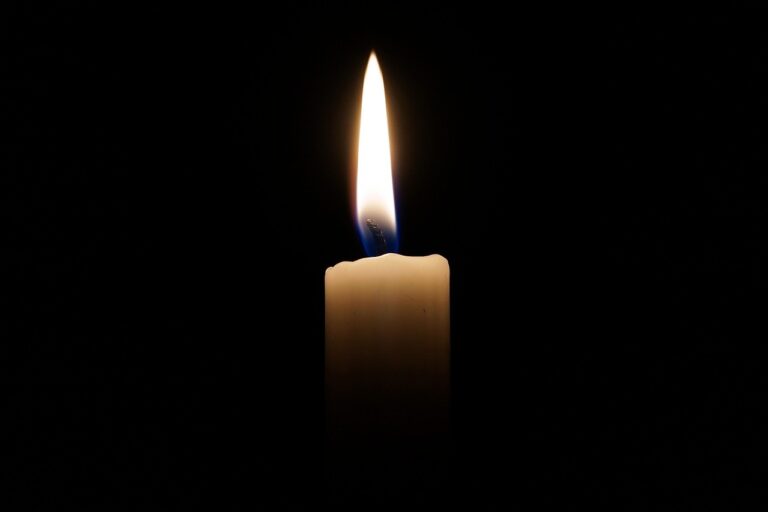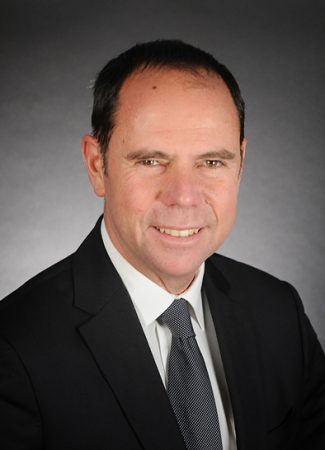At the beginning of October, Jean Bernard Levy, the Chairman of EDF, explained in a letter to his employees that the introduction of the ‘Hercule’ [French for Hercules] project be postponed by several months. The auspices were not favourable towards this Hercule’s first work. Mr Levy attributed the project’s postponement to the negotiations the French government is currently conducting on the reform of the ARENH (Regulated Access to Historic Nuclear Electricity). In fact, the truth lies somewhere else entirely: the weakness of the majority shareholder (the French state), which is once again sacrificing its company, EDF.
We shall waste no time explaining what the ARENH reform is – which, at the end of the day, is nothing more than a distraction from the failed liberalisation of the French electricity sector – or laying out the European Commission’s reasons for not making things easier for the French government. We would like to devote this article to EDF and how a large company with excellent technicians and significant resources could collapse, pushed by a suicidal shareholder.
The Hercule project is one of EDF’s last chances. Let’s hope that Jupiter and the entire Olympus will offer (EDF) a new opportunity.
At the risk of making this article a little bit long, I think it’s a good idea in this case to go back and provide some explanation on the European electricity market recent history and how EDF navigated through this storm.
The competitive model constructed by the British in the late 1980s became very popular on the continent. The European Union decided to treat electricity as a normal consumer product and to make it subject to competition rules. The abolition of monopolies, the free establishment of new generation capacities, the free access to networks, the principle of unbundling, all became the foundation for a new legal framework. With Directive 96/92 of 19 December 1996, then Directive 2003/54 of 26 June 2003 on the internal electricity market, the European Union established its large electricity market.
France followed the model without a great deal of enthusiasm. The French system of state monopoly had demonstrated its virtue: energy independence, quality of service, stable and relatively low prices – so why change? What was to be done about EDF´s monopoly in this new context?
France decided to do the minimum in terms of transposing directives to avoid head-on opposition from Europe, without fully adhering to the new model. Law No. 2000-108 of 10 February 2000 opened up the competition for the supply to large consumers (30% of the market). A supervisory body was created (the CRE, Electricity Regulatory Commission, which has since become the Energy Regulatory Commission) and new responsibilities were allocated to the competition authority. EDF was required to split its transportation (RTE, the French Transport System Operator) and distribution (ERDF, which later became Enedis) activities into legally independent entities. Law No. 2004-803 of 9 August 2004 opened 70% of the market up to competition. With Law No. 2006-1537 of 7 December 2006, 100% of customers became available as of 1 January 2007. The formal liberalisation of the sector had become a fact: consumers were free to choose their supplier. But who could they purchase their energy from?
On the production side of the issue, the French decision was to avoid the actual dismantling of EDF. Only imports and new (limited) installed generation allowed for the arrival of new players in the electricity market. In the years that followed, the European Union forced EDF to relinquish a portion of its production to its competitors through the VPP (Virtual Power Plants) mechanism, which stimulated the wholesale electricity market. Over the years, the State has not given in to playing the simple role of a planner and controller of the market’s operation. With quite some concern, it has been following the increases in the price of electricity, intervening wherever it deemed it necessary by creating, year after year, new tools of intervention: TaRTAM; ARENH, Exceltium; special treatment for electro-intensive users, social tariff, etc. All of these acronyms have a common denominator: depriving EDF of its (legitimately obtained) margins in order to distribute them amongst the French consumers.
Each of these market interventions has been obtained after holding endless negotiations with the Commission, which presumes that the French State is subsidising French industrial players through EDF (as is the case). Despite the Commission´s reluctance, the reforms have been implemented. EDF has found itself obligated to sell its production below market price because its main shareholder is forcing it to do so. Even an elephant the size of EDF will burn out if it stops eating and, over time, will die. EDF’s shares, whose value exceeded €75 in 2007 in its glory days, are now hovering around €9.
For EDF, the difficult task of adapting to the new liberalised environment has begun. Its main shareholder is not making things any easier on it, adding a changing leadership to the shifting environment. We’ve moved from P. Gadonneix, with a pan-European vision (probably the chairperson with the clearest vision of the new market and the future positioning of EDF) to H. Proglio, whose decisions are just the opposite: Mr Proglio advocates a French-centred EDF and is beating a retreat to defend his castle stronghold – France and nuclear power. Mr Levy, who was the only one to stay on through two consecutive terms (and a change of the President of the Republic), follows the nuclear-only option of his predecessor and has found himself caught up in the worst of crises. EDF is not capable of financing the necessary investments to renovate its nuclear fleet, and the State is in no position to agree to any capital increases.
The solution to this crisis comes through restructuring the company the German style, as E.on and RWE have already done. This means separating toxic assets from clean ones (which are regulated and bankable). Nontoxic assets are partially transferred to private funds, which provide an initial supply of oxygen to activities in distress; at the same time, they provide transparency on ‘toxic’ activities by ensuring that any malfunction can be dealt with immediately.
This resulted in the birth of the famous Hercule project whose purpose, in the words of Mr Levy, ‘is to split the group into two parts’. One part, which comprises nuclear and, hydropower, and the transmission network (RTE), will be renationalised with compensation for the current shareholders. The other part will group together renewables, distribution networks (Enedis) and services activities. Relieved of the nuclear risk, the latter will be listed on the Stock Exchange with the possibility of increasing its value above its current €33 billion.’
According to this partition, and under EDF ‘blue’, alongside the toxic assets (nuclear power) we find RTE (a regulated and very profitable activity) and hydropower. The latter seems to be included in the group in order to ensure that, while remaining 100% public, it does not have to be subject to renewal of concessions (this point would deserve its own article). By contrast, EDF ‘green’ is made up of easily transferable assets: distribution networks, regulated renewable assets, Dalkia, etc. I believe the concept is a good – and a necessary – one. But the world of EDF is hardly a bed of roses.
Brussels immediately sent the signal that, given EDF’s dominant position, any restructuring must be analysed in advance by the DG Comp services, which does not bode well. Hercule will most certainly have to make a sacrifice to the gods of Brussels (competitive process for renewal of hydraulic concessions?) to overcome this obstacle.
Social partners (another of EDF’s structural problems) are coming out against the project. The four organisations representing EDF’s workers (CGT [the General Confederation of Labour], CFE-CGC [French Confederation of Management – General Confederation of Executives], CFDT [French Democratic Confederation of Labour], FO [Workers’ Force]) denounced a project that, in their eyes, marks a ‘disintegration’ of the EDF model that has traditionally united electricity production and distribution. They have announced social movements to oppose Hercule, pension reform, the closing of coal power stations, and more.
Faced with these signs, and above all because it’s expecting a turbulent autumn, the State shareholder has decided that it is best to discuss this matter in the future…or perhaps never – Hercule project is dead. There are enough heroes on Olympus that could lend their names to another project once the situation becomes even more desperate.
Personally, it makes me sad to see how a large company, with the incredible assets it owns and managers that are a benchmark for the entire sector, can disintegrate in the hands of a shareholder that’s either inconsistent or unconcerned.
With all my heart, I wish my friends at EDF the best of luck.
Antonio Haya







